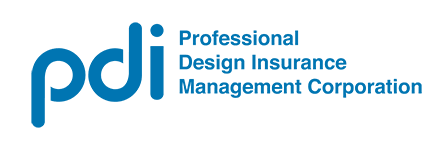Design professionals are responsible for creatively conceptualizing and designing a project. The contractor’s job is to find the most efficient way to construct this design. Both sides of this process function independently – however, they must work together to achieve a successful outcome.
Continuing Phase Services
In the process of building, a contractor will often see things that need to be changed. A simple example would be if the designer left out rebar in the slab design. The contractor will work with the design professional to find a solution to this problem. Generally, this would be done through a change order. That is the process we hope for and most often experience – but not always.
To ensure the integrity of the design during construction, a designer will often pay visits to a site. This is usually included in the contract between the owner and the design professional, and is referred to as “continuing phase services.”
With continuing phase services, the design professional will visit the job site throughout the construction process to make sure the structure is being constructed in accordance with the design specifications. The continuing phase services are not to be considered inspection services, however. The design professional is on the job site observing the construction process in an effort to identify patent defects or deviations from the construction documents.
General Alterations
There has never been – nor will there ever be – a perfect project. Changes are part of the process and even expected, as a project moves forward. Again, the design professional isn’t inspecting the construction process. He/she is not there on a daily basis going over every inch of a building. Instead, the design professional is paid to look for conformity in construction to their design.
That said, even an experienced design professional will sometimes miss altered details. In some cases, due to the design professional’s intentionally irregular observation visits, major structural changes are made by the contractor that are covered up by the time the design professional arrives. If this construction defect leads to damage to the project, claims will arise.
For that reason, design professionals carry professional liability insurance (Errors & Omissions, or E&O). E&O coverage will defend and protect the design professional in the event that this type of construction defect is alleged to be design-related, or that it was missed during their continuing phase services.
About PDI
PDI is an Indianapolis-based wholesale brokerage firm with a national network that includes thousands of insurance agents, brokers, architects, engineers and contractors in all 50 states. Since PDI’s beginning in 1980, we’ve handled a single line of coverage: errors & omissions (E&O) for design professionals. Contact Us today for a review of your design client's insurance program.

